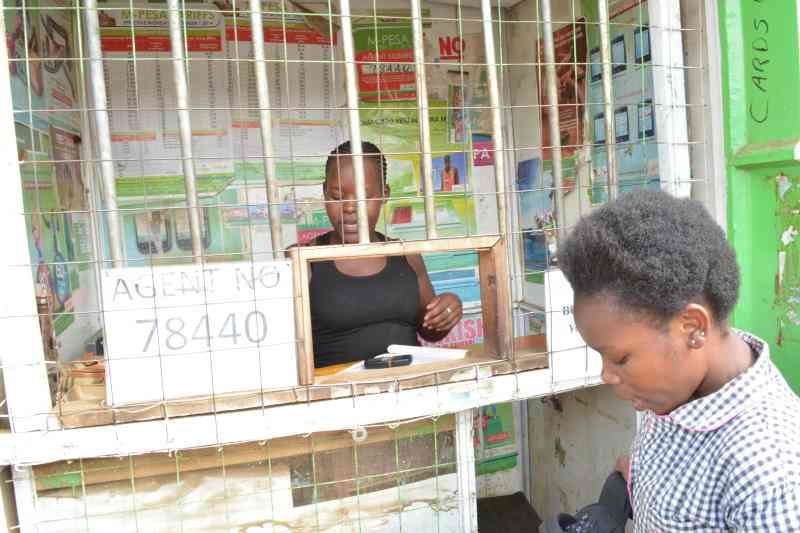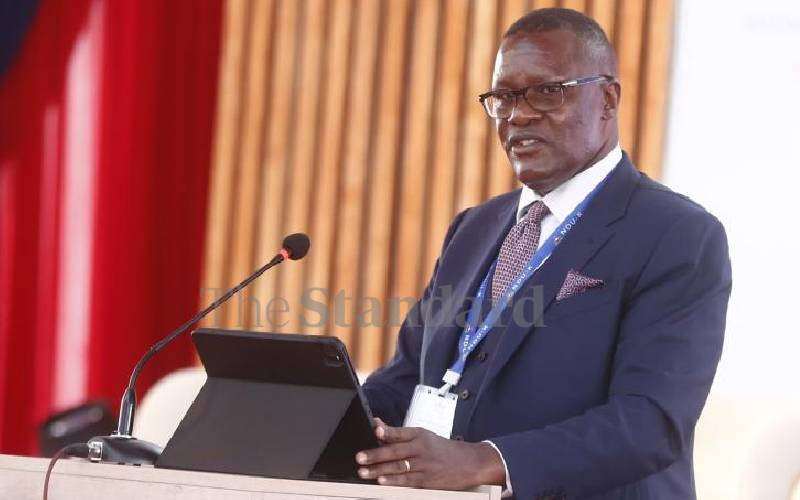Joy Mweni was almost giving up on the search for a low-cost private hospital that could admit her diabetic mother. After a frantic search, a friend advised her to try St Mary’s Hospital in Lang’ata.
Clutching her hand bag and a mobile phone in one hand, Mweni tried lifting her mother with the other hand but it was not possible. She then placed her bag and phone on a nearby bench to take care of her mum. Little did she know strangers interested in her mobile phone were following her.
As fate would have it, Mweni’s lost her handset in the twinkle of an eye. Mweni is among thousands of Kenyans who lose their handsets every week.
In Kenya, mobile operators, handset manufacturers and the Government through industry regulator Communications Authority of Kenya (CA) have in the past came up with various initiatives to curb this menace. Most, however, have failed to effectively deal with the problem.
The latest attempt and which has received a lot of opposition from the Mobile Network Operators (MNO’s) is the proposed introduction of a Device Management System (DMS) by CA.
The new system will weed off all stolen phones. Unlike the previous system, DMS will also be able to deal with clones. Theft of a mobile handset is a criminal act, hence a law and order problem. Keeping this aside, the technical solution to combating theft is to block the Subscriber Identification Module (SIM) card or block the handset by preventing the re-programming of International Mobile Equipment Identity (IMEI).
The first is easy as the person losing the phone can inform the service provider who can then block the calls from the SIM card. However, blocking the handset is more effective than blocking the SIM card as the handset can be reused by replacing the SIM card.
Handset blocking requires that the operator ban a particular handset (identifying it through its unique IMEI) from its network.
By maintaining a common database - called the Central Equipment Identity Register (CEIR) - and sharing the data, they can debar the stolen handset from every network.
By co-operating and teaming up, the operators can ensure a phone that is reported stolen is barred from every network and this will automatically reduce its value. Thus, the unique database CEIR is key in combating mobile theft.
However, instead of supporting the DMS initiative, the Mobile Network Operators have ganged up to frustrate this noble project, saying it will compromise consumer data. This claim by the three mobile operators is far from the truth.
The fact is the system can only be queried by the mobile firms themselves and does not have the ability to capture any personal information that is usually stored in the SIM cards.
The big question is; why do mobile operators always try to frustrate almost every regulatory intervention? The second question would be: Is CA under regulatory capture?
Regulatory capture and institutional corruption manifestations include special interest groups having regulatory policy making role with resultant power to veto decisions against their interests; legal and procedural complications to frustrate or delay regulatory enforcement; widely publicised false accusations insinuating regulatory incompetence; floating unfounded threats to the public, among others, all grounds ensuring operational complexities.
Stay informed. Subscribe to our newsletter
Resultant paralysis delays (at best) or defeats (at worst) important regulatory interventions to avoid market failures with protracted lawsuits being a common practice.
Responding to a suit filed by Safaricom over third-generation (3G) licence in 2011, CA accused Safaricom of always resisting measures to level the playing field for mobile phone operators. The regulator denied impropriety while discharging its statutory duties and accused the service provider of arm-twisting it with a desire “to be a monopoly operator at the expense of the consumer”, according to some media reports.
There were 2.3 million counterfeit phones (out of 30 million handsets) connected in 2012. Their sudden expunging from networks resulted in a sharp decline of network voice traffic, data bundles consumption and diminished mobile money transactions.
Worse is expected after the proposed new regulator move where all operators are expected to read a database to verify handsets are not counterfeit or stolen. Mobile operators say genuine phones register both the IMEI code along with callers’ number on their systems while the fake gadgets record only the caller’s details.
Counterfeit handsets come with duplicated or reprogrammed IMEI numbers, making it difficult to track stolen phones or handsets used to perpetrate criminal activities.
The technological and institutional options need to be exercised together to control the thefts and enhance consumer welfare.
 The Standard Group Plc is a
multi-media organization with investments in media platforms spanning newspaper
print operations, television, radio broadcasting, digital and online services. The
Standard Group is recognized as a leading multi-media house in Kenya with a key
influence in matters of national and international interest.
The Standard Group Plc is a
multi-media organization with investments in media platforms spanning newspaper
print operations, television, radio broadcasting, digital and online services. The
Standard Group is recognized as a leading multi-media house in Kenya with a key
influence in matters of national and international interest.
 The Standard Group Plc is a
multi-media organization with investments in media platforms spanning newspaper
print operations, television, radio broadcasting, digital and online services. The
Standard Group is recognized as a leading multi-media house in Kenya with a key
influence in matters of national and international interest.
The Standard Group Plc is a
multi-media organization with investments in media platforms spanning newspaper
print operations, television, radio broadcasting, digital and online services. The
Standard Group is recognized as a leading multi-media house in Kenya with a key
influence in matters of national and international interest.








